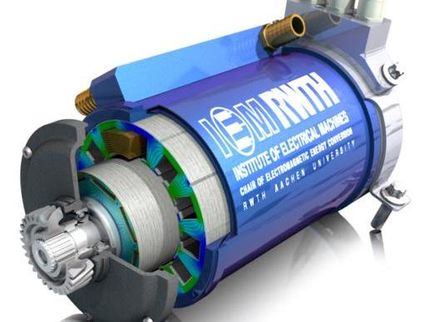UC Riverside researchers create first synthetic cellulosome in yeast
Discovery has potential to make renewable fuel production more efficient and economical
Advertisement
A team of researchers led by University of California, Riverside (UCR) Professor of chemical engineering Wilfred Chen has constructed for the first time a synthetic cellulosome in yeast, which is much more ethanol-tolerant than the bacteria in which these structures are normally found.
The yeast cellulosome could enable efficient one-step "consolidated bioprocessing" by maximizing the catalytic efficiency of cellulosic hydrolysis with simultaneous fermentation. The process of using these engineered yeasts can potentially make the production of bioethanol from biomass more efficient and economical.
The federal Energy Policy Act mandates the increased production of renewable fuel, such as bioethanol created from biomass. Currently, the most common method of producing bioethanol uses sugar cane and corn starch. Efficient, cost-effective methods of using non-food related materials like cellulosic biomass found in agricultural and wood-pulping wastes is the focus of new research by Chen's team, among others.
The use of multiple enzymes in the cellulosome greatly increases the efficiency of hydrolysis because heterogeneous forms of cellulose can be digested. The artificial cellulosome developed at UCR is highly modular and can be engineered to display ten or more different cellulases, the composition of which can be tuned to optimized hydrolysis of any feedstock.
Cellulosomes are self-assembled structures found on the exterior of certain bacteria that allow the organisms to efficiently break down cellulose. The cellulosome contains multiple types of cellulases (enzymes that break down cellulose), optimally spaced for maximum activity.
The experimental cellulosome contains three different cellulases. Yeast engineered with this triple cellulase cellulosome was able to multiply to high levels with cellulose as the only carbon source. Compared to controls engineered with one or two cellulases, the triple cellulase displaying yeast had higher rates of hydrolysis, demonstrating the benefit of using diverse cellulytic enzymes in a single organism.
Most read news
Topics
Organizations
Other news from the department science

Get the chemical industry in your inbox
By submitting this form you agree that LUMITOS AG will send you the newsletter(s) selected above by email. Your data will not be passed on to third parties. Your data will be stored and processed in accordance with our data protection regulations. LUMITOS may contact you by email for the purpose of advertising or market and opinion surveys. You can revoke your consent at any time without giving reasons to LUMITOS AG, Ernst-Augustin-Str. 2, 12489 Berlin, Germany or by e-mail at revoke@lumitos.com with effect for the future. In addition, each email contains a link to unsubscribe from the corresponding newsletter.





























































